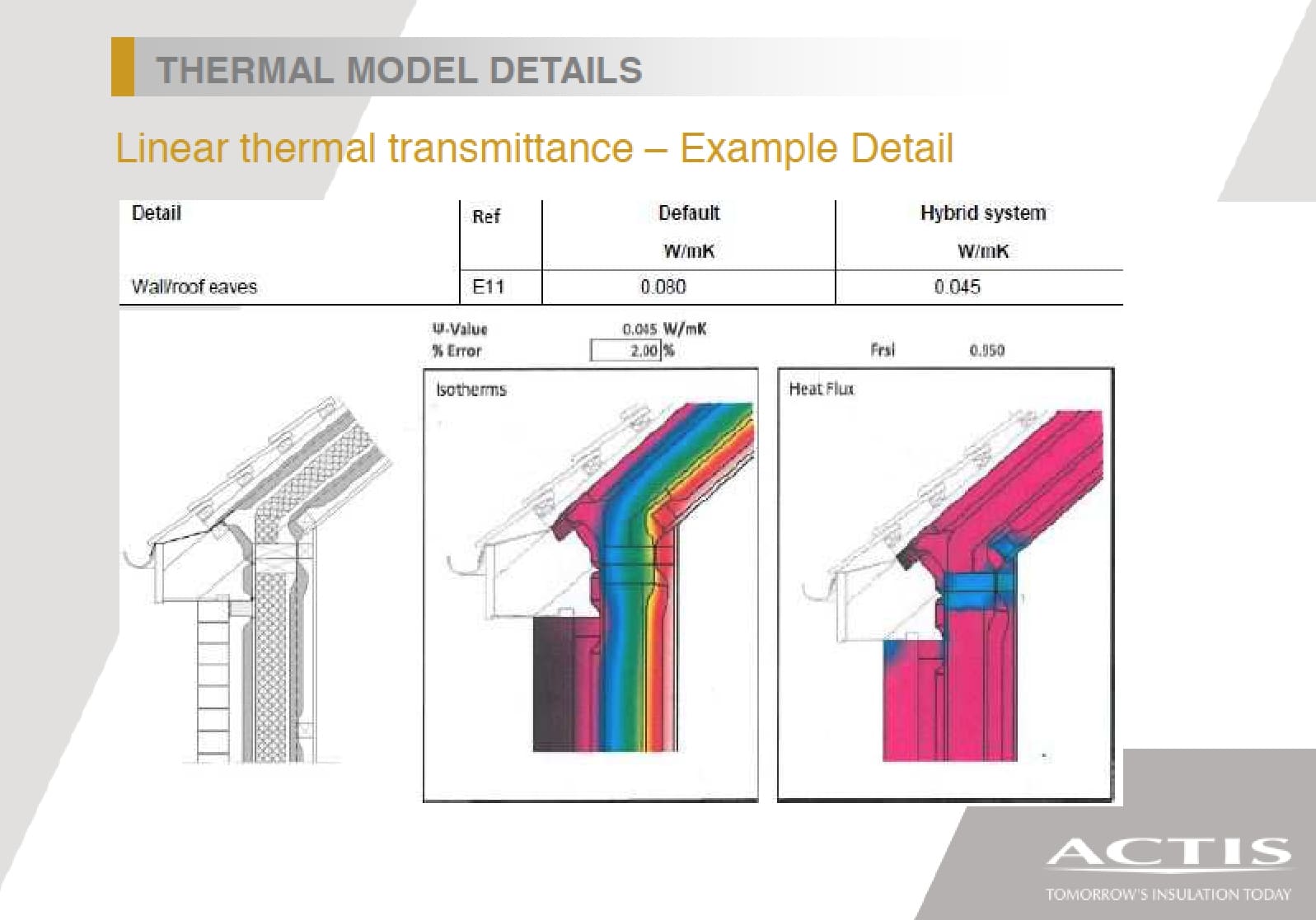Actis has been working with the Structural Timber Association to create a new technical document which will help architects, engineers, and builders comply with more stringent building regulations as we head towards the 2025 Future Homes Standard
The 58-page booklet is available to STA members and contains details on how to minimise heat loss at junctions, otherwise known as linear thermal bridges, and demonstrate compliance in the run-up to net zero in 2050.
The guidance looks at different forms of heat loss from a building – through the building envelope, through junctions and via gaps in construction joints.
Thomas Wiedmer has contributed some Actis building junctions to the document
Actis technical director Thomas Wiedmer has contributed some Actis building junctions, whose thermal performance is measured in Psi values, to the document.
Not only have the STA technical team selected model junctions for traditional insulation products, but they have also included Actis junctions for the numerous specifiers wanting the option to use multifoil insulation.
Thomas shared some of Actis’ own model junctions suite, created following thermal modelling trials using Actis insulating vapour control layer HControl Hybrid and insulation Hybris and validated by BRS Technology.

The junctions chosen by the STA include the lintel and ground floor to an external wall, the intermediate floor to the external wall and the eaves detail.
These are key junction details which have the biggest influence on the overall junction heat loss of a building.
The technical document contains information on building energy performance
Thomas explained: “Psi-values quantify heat loss through the length of any given construction junction, such as the connection between a wall and floor. U-values, on the other hand, measure heat loss through a specific building element.
“There are negative consequences for the overall energy performance of the building if thermal bridging of junction detailing is not addressed,” he added.
“If the junction detailing doesn’t improve, the proportion of heat lost through the junctions will increase and the building will not meet the required fabric energy efficiency. And without careful attention to the construction, junctions may not perform as predicted, resulting in a performance gap.”
For more information on the document, Advice Note 6, Part 2, Energy Performance and Thermal Bridging, contact the STA.












![[Video] Fireco: 80 new fire doors required for residential flats in London](https://www.pbctoday.co.uk/news/wp-content/uploads/2025/04/2024-06-01-Lords-view-one_1200x750_004-218x150.webp)

